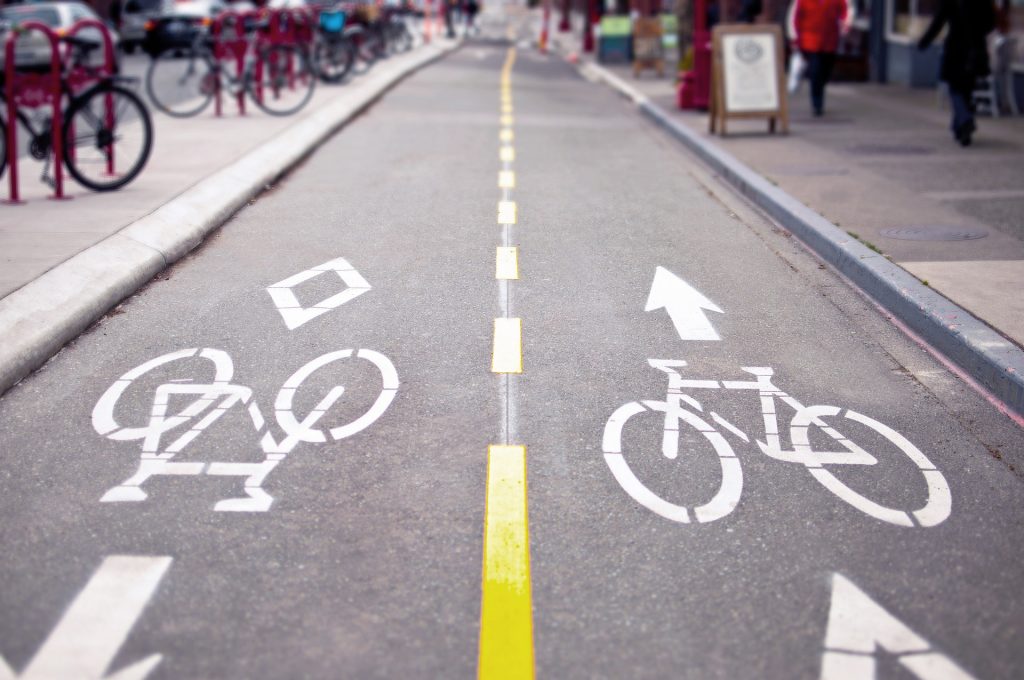Cities are changing with Covid-19
COVID-19 has radically changed not only our habits but also our travel habits. Anyone who wants a stop away from public transport has started to look for different modes of transportation. Generally, bicycles were preferred for short-distance transportation. Freely walking and cycling became popular without social discomfort.
During the pandemic, a 200% increase in bicycle orders was seen. The decrease in air pollution in cities is proof of this; Nitrogen oxide pollution decreased by 70% in Manchester, England.
Many governments are preparing incentive programs for citizens of the country to continue walking and cycling. It tries to integrate new walking and cycling routes with urban transportation. Thus, governments make cities and people healthier. It also prevents exposure to the virus in public transport.

How Can New Habits Be Permanent?
By extending pedestrian paths, restricting driving on shopping streets and adding extra bike lanes, the city transport layout is renewed. A plan is being developed that will allow more people to walk and cycle for basic trips. Of course, serious money is spent on these works.
For example, in Paris, 650 km of new bicycle paths have been created, including pop-up roads that extend bicycle paths and reduce the space given to cars. The 22-mile road reserved for cars in Milan has been turned into walking and cycling routes. In Bogota, the capital of Colombia, officials closed 75 miles of streets for motor vehicles.
The beginning of the transformation is to reduce the number of diesel and gasoline vehicles and to provide more space for people to walk, run and bike on city streets. Increasing green spaces for citizens to spend more time outdoors can make urban residents happier.

Barriers to Change
Increasing bike lanes, widening the sidewalks, increasing green areas is a serious cost for municipalities. Legal changes are required to protect the rights of cyclists and pedestrians.
For the “zero-emission city”, the integration of bicycles and electric vehicles into traffic requires a separate city planning. Pedestrian and bicycle roads that will be created by listening to the suggestions of the users and even by using driving simulations will provide a healthier city building.
Studies are showing that more than half of the journeys are less than 5 km in many cities. For city residents, walking or cycling can be the main alternative. People travelled all over the world while maintaining social distance. Bicycle culture already exists in many cities. Bicycle use has also increased in cities where bicycles are not common. Daily sports activities have become more enjoyable in areas closed to traffic. Camping areas close to the sea or the forest were built and it was thought that the public would spend more time in the fresh air.
Cultural changes may take a long time to settle. Planning for the transformation of city streets needs to be done by seeing the future. Covid-19 can cause a cultural shift towards more active travel and less car use.
Efforts to build the infrastructure for hikers, runners and cyclists may be a major step forward for all humanity. We can both reduce the carbon emission and make the world better and protect our health. Reshaping cities for people to walk and the cycle will help lay the foundation for permanent change.
Maybe you may be interested!



